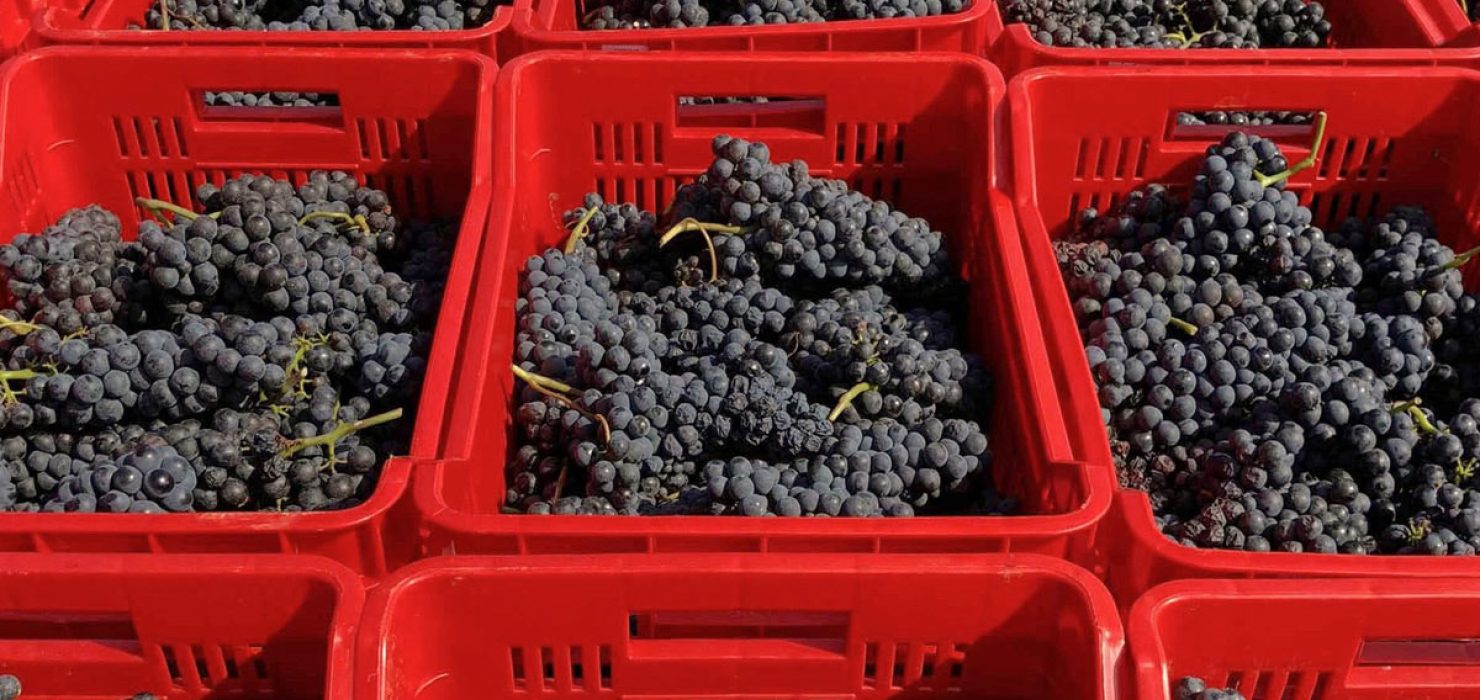It is one of the rarest Monferrato wines, and it is steeped in mystery. Familiar since time immemorial to the local people, it was forgotten for a long time, surviving amongst the rows of Barbera and Grignolino. In the 1960s it returned with all the vigour of its originality, through the efforts of Don Cauda, a local priest, who began growing it in the parish Benefice, even though he received repeated reprimands from the Curia.
Therefore it is one of the rarest wines in the Monferrato area, and it also has an element of mystery. The etymology of its name is uncertain: ruchè is pronounced rukè, with the grave accent but without French-style pronunciation. It may refer to the earliest vines grown near a Benedictine church that no longer exists, dedicated to San Roc (St. Roch). Alternatively, it may be linked to the dialect word “ronchet” referring to the terracing of vines with good exposure to the sun.
Even the origins of this grape variety seem to be cloaked in mystery. It could have been imported by Cistercian monks from Bourgogne in the 12th century.
But there are no doubts about the qualities of Ruchè, now universally recognised following the award of D.O.C. (controlled designation of origin) status in 1987, and even more importantly, D.O.C.G. classification (controlled and guaranteed designation of origin) in 2010.
Its distinctive characteristics, along with the mystery concerning the wine’s origin and reappearance, offer pleasant sensations of fragrance and taste, while also evoking an aura of curiosity that inevitably appeals to the imagination.


